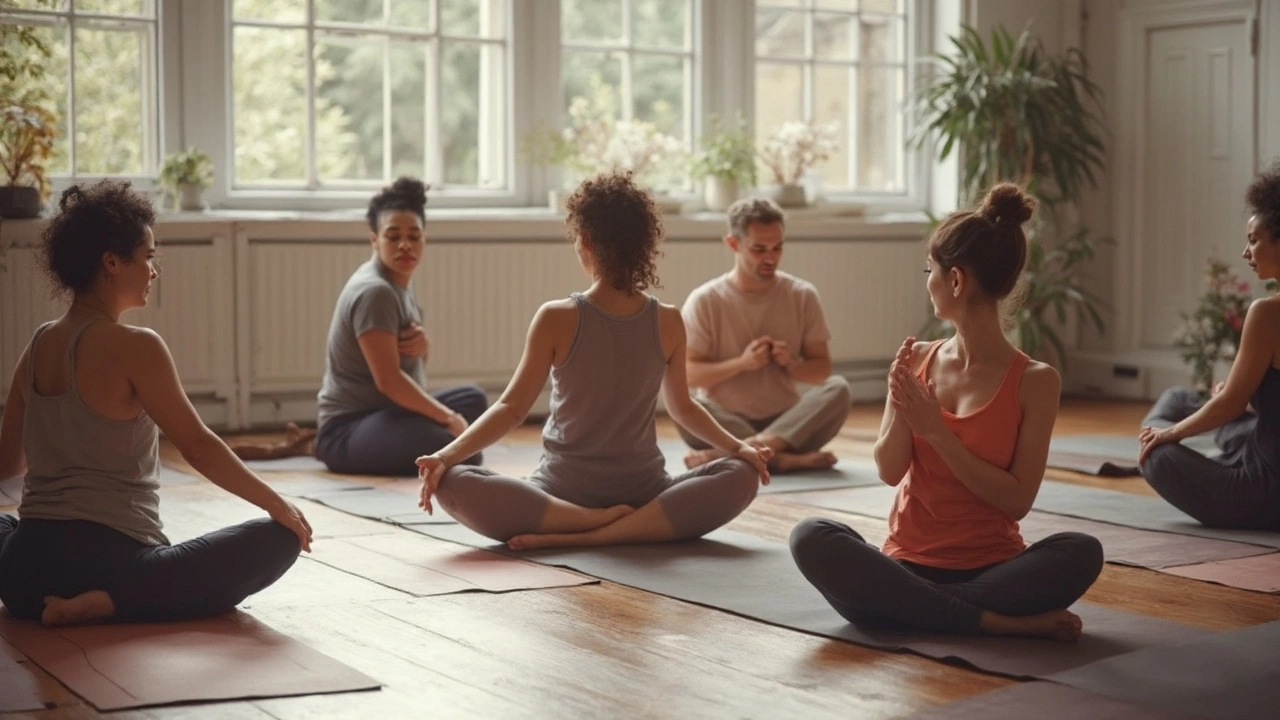Body functionality: Practical massage tips to move better and hurt less
Feeling stiff, sore, or stuck in the same aches? Body functionality is about how well your muscles, fascia, and joints work together. This tag gathers clear, hands-on articles—like myofascial release, trigger point work, chair and percussion massage—that help you move easier and recover faster.
If you want something useful right away, read the short guides here first: try myofascial release for tight bands, trigger point tips for stubborn knots, and chair or percussion massage for quick relief at work or after training. These pieces focus on what to do, not just why it works.
Quick wins you can use today
Start with a simple check: stand up, take a full breath, shrug both shoulders, and bend forward slowly. Notice where pain or tightness kicks in. Use that point to choose a tool or method—massage ball for small knots, foam roller for larger muscle groups, gentle fascia stretching for overall mobility.
Short routines beat long, painful sessions. Try 5–10 minutes of targeted work after your workout or at the end of the day. Use slow pressure and controlled breathing. If a spot is tender, press for 20–30 seconds, then release. Repeat twice. This approach shows up in articles like "Trigger Point Massage" and "Myofascial Release Therapy" on this tag.
Keep hygiene and safety in mind: clean tools, light oil or lotion when needed, and avoid working directly on inflamed or bruised areas. If a technique feels sharp or causes spreading numbness, stop immediately.
How to pick the right therapy and when to get help
Deciding between self-care and a pro session comes down to complexity and pain type. Use self-massage and tools for day-to-day knots and tightness. Seek a trained therapist for persistent pain, reduced range of motion, or symptoms that affect sleep and work. Articles like "Rolfing," "Lomi Lomi," and "Myofascial Release Therapy" explain what professionals do differently from home techniques.
Some therapies focus on relaxation and stress (Lomi Lomi, Ayurvedic, Abhyanga). Others aim to change tissue and movement patterns (Rolfing, fascia stretching, percussive therapy). Match the goal: choose relaxation to wind down and bodywork or targeted release to improve movement or ease chronic pain.
If you use machines—massage guns or erotic massage devices—follow guidelines in the related pieces: start low, avoid bony areas, and never use on open wounds. And remember, consistent small steps beat one-off aggressive sessions.
This tag collects practical, down-to-earth articles so you can learn, try, and pick what works. Read a few short guides, try a gentle routine, and note what improves after a week. Keep a log: where it hurt, what you tried, and how it felt next day. That simple habit helps you get real results and find the best next step for your body functionality.
Discover how Feldenkrais training reshapes the way you move, improves flexibility, boosts posture, and sharpens body awareness for real-world benefits.


 Health and Wellness
Health and Wellness